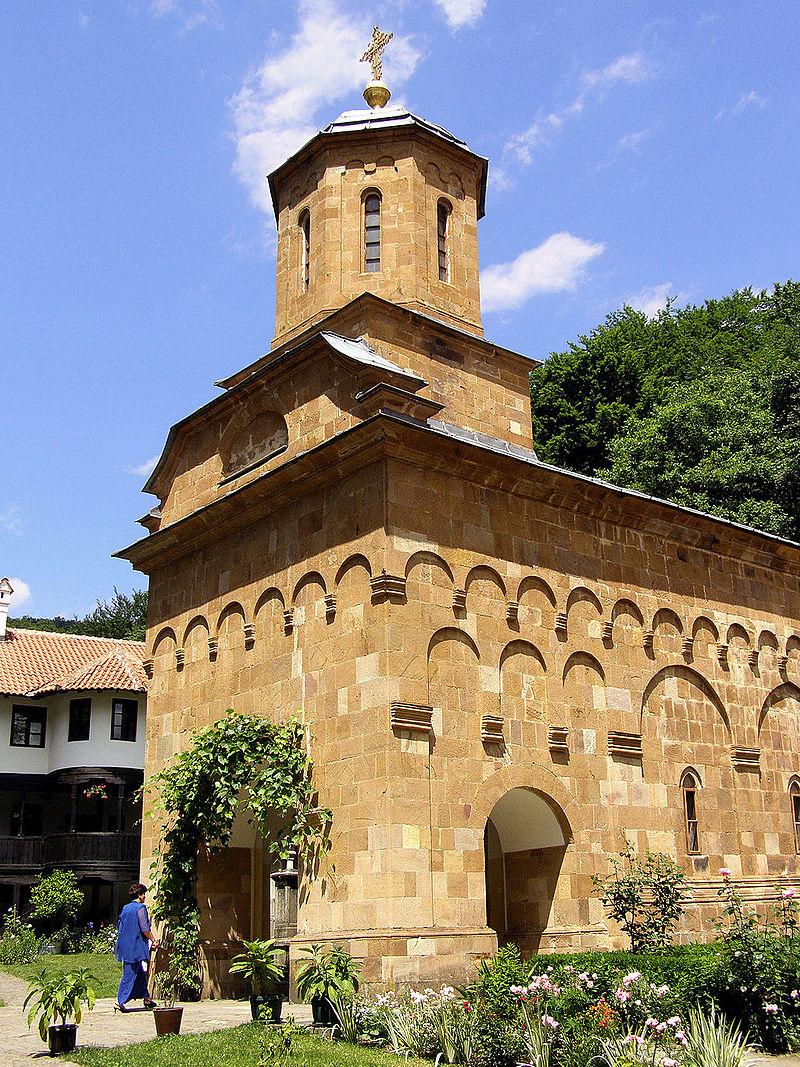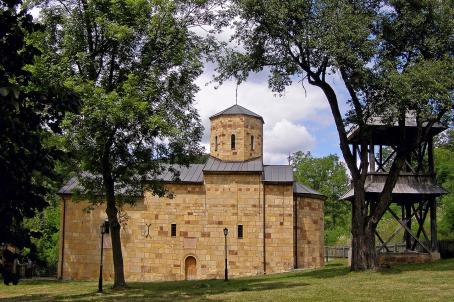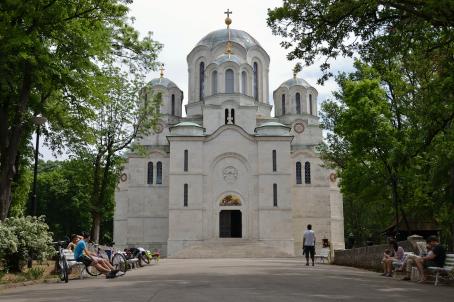Vraćevšnica Monastery
The monastery of Vraćevšnica was built before 1428, and the frescoes were completed in 1431. The founder of the monastery was Radič Postupović, a Serbian nobleman who lived during the reign of the despot Stefan Lazarević (1402-1427). After the Turkish conquest of the territory in the middle of the 15th century, the monastery was damaged and abandoned. After the renewal of the Serbian Patriarchate Peć, the monastery was renovated around 1579. In 1737, under Austrian rule, the monastery was renovated again.






